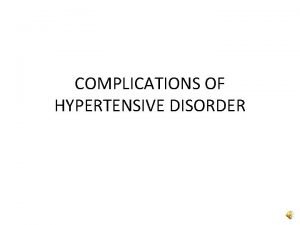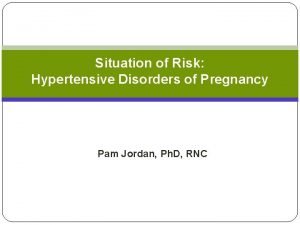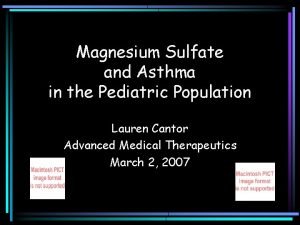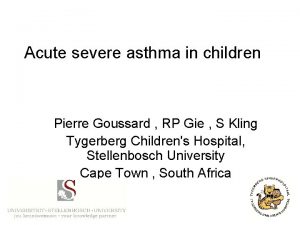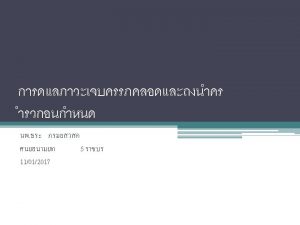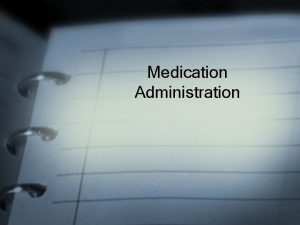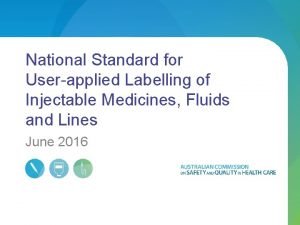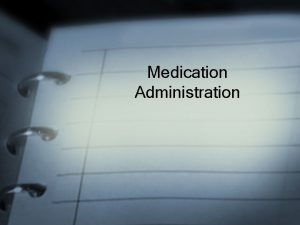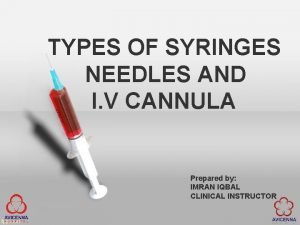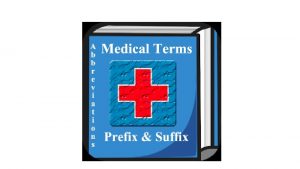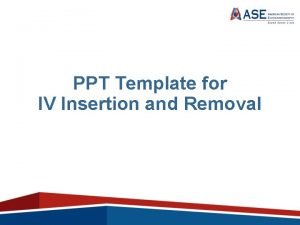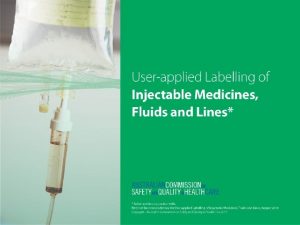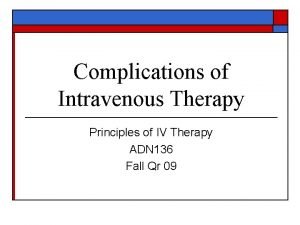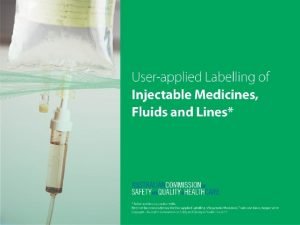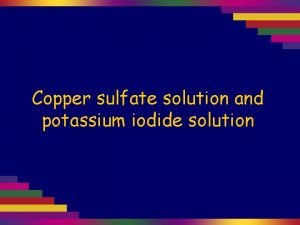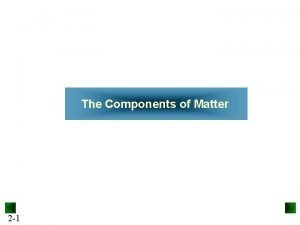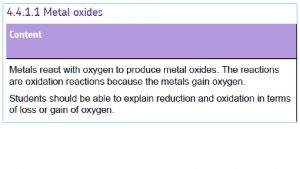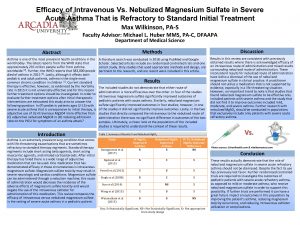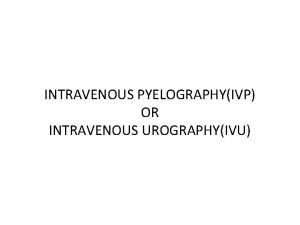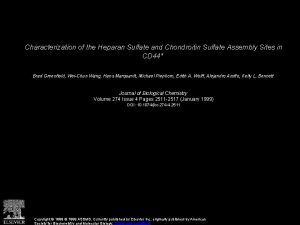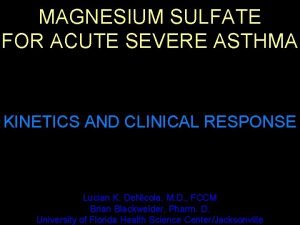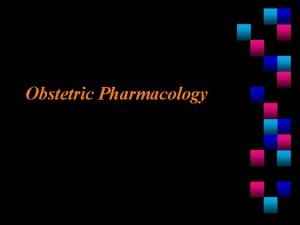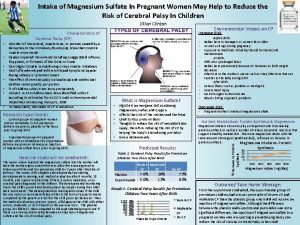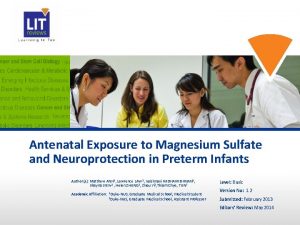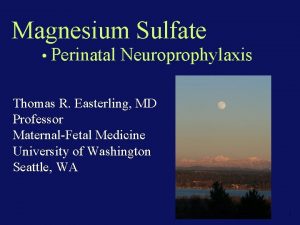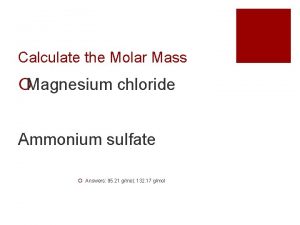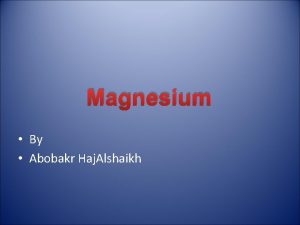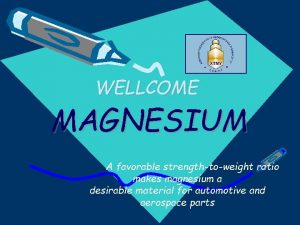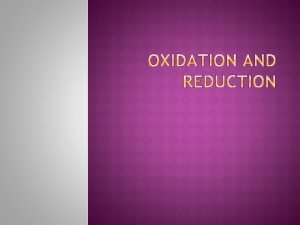Evidence In The ED Intravenous Magnesium Sulfate Treatment
















- Slides: 16

“Evidence In The ED” Intravenous Magnesium Sulfate Treatment For Severe Acute Asthma Roger A. Band M. D. Department of Emergency Medicine University of Pennsylvania

Epidemiology of Asthma: Annually, there an estimated 1. 8 million emergency department visits for acute asthma in the United States, resulting in an estimated 500, 000 hospital admissions. § Prevalence has increased in all groups by an estimate 40% during the last decade. §

The Study: § IV Magnesium Sulfate in the Treatment of Acute Severe Asthma: A Multicenter Randomized Controlled Trial l Silverman RA, et al. Chest 2002; 122(2): 489 -497

Study Design: Placebo-controlled, double blind, randomized clinical trial (248 patients enrolled) l Setting: Multicenter cohort-Emergency departments of eight hospitals l Patients: 18 -60 years presenting with acute asthma and FEV 1<30% predicted on arrival to the ED. l Interventions: All patients received nebulized albuterol at regular intervals and IV methylprednisolone. Two grams of IV magnesium sulfate or placebo were administered 30 min after ED arrival. The primary efficacy end point was FEV 1 at 240 min. l

Results: l

Results: •

Results Cont’d: l

Study Conclusions: Overall, patients receiving magnesium had a final FEV 1 of 48. 2% predicted, compared to 43. 5% predicted for patients receiving placebo • Furthermore, patients with an initial FEV 1 <25% predicted who received magnesium had a final FEV 1 of 45. 3% predicted compared to 35. 6% for those who received placebo. If the initial FEV 1 was >25% predicted, the final FEV 1 was 51. 1% predicted in the magnesium group and 53. 9% predicted in the placebo group. •

Confirmatory Studies: § Bloch et al. Intravenous Magnesium Sulfate as an adjunct in the Treatment of Acute Asthma. Chest 1995; 107(6): 1576 -1581 -Conclusion: In patients with severe asthma, there is a significant improvement in FEV 1 and hospital admission rate when magnesium is received. § Rowe et al. Intravenous Magnesium Sulfate Treatment for Acute Asthma in the Emergency Department: A Systematic Review of the Literature. Annals of Emergency Medicine 2000; 36: 181 -190 -Conclusion: Current evidence does not clearly support routine use of intravenous magnesium sulfate in all patients with acute asthma presenting to the ED. However, magnesium sulfate appears to be safe and beneficial for patients who present with severe acute asthma.

HUPisms: Judd says magnesium and Rich says plastic!

Take Home Points: 1. When administered as an adjunct to standard therapy, 2 g of IV magnesium sulfate improves pulmonary function in patients presenting to the ED with severe asthma. 2. Patients with the most severe airway compromise on ED arrival have the greatest response to magnesium, and patients with an FEV 1 closer to 30% of predicted (on ED arrival) have no apparent benefit.

Are you sleeping yet ?



Questions?

 Acute fulminating preeclampsia
Acute fulminating preeclampsia Severe preeclampsia criteria
Severe preeclampsia criteria Mgso4 side effects
Mgso4 side effects Magnesium sulfate indication
Magnesium sulfate indication Magnesium sulfate in labor
Magnesium sulfate in labor Medication administration test answers
Medication administration test answers User applied labelling
User applied labelling Injectable medication administration pretest
Injectable medication administration pretest Cannula colour coding
Cannula colour coding Three word parts
Three word parts Iv placement sites
Iv placement sites Line & catheter label - intravenous burette
Line & catheter label - intravenous burette Iv infiltration complications
Iv infiltration complications Iv cannula labelling
Iv cannula labelling Copper sulfate and potassium iodide
Copper sulfate and potassium iodide Tin iv sulfate formula
Tin iv sulfate formula What is a spectator ion
What is a spectator ion
